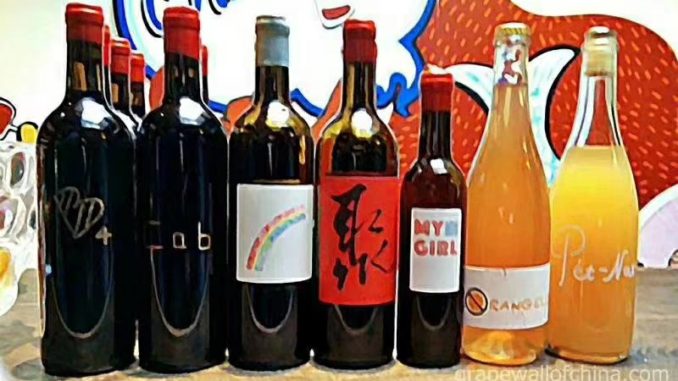
I interviewed Ian Dai, who makes wine in Ningxia, Yunnan, Hebei and elsewhere under the label Xiao Pu aka Petit Garden, for this Wine Searcher article about the rise of niche wines–‘orange’, ‘pet-nat’, ‘natural’ et all–in China during COVID.
Below are more extensive quotes from Dai about who drinks his wine, Chinese terroir, why Ningxia needs a style change, his ambitions to make a wine that “shines” on the global stage, and more.
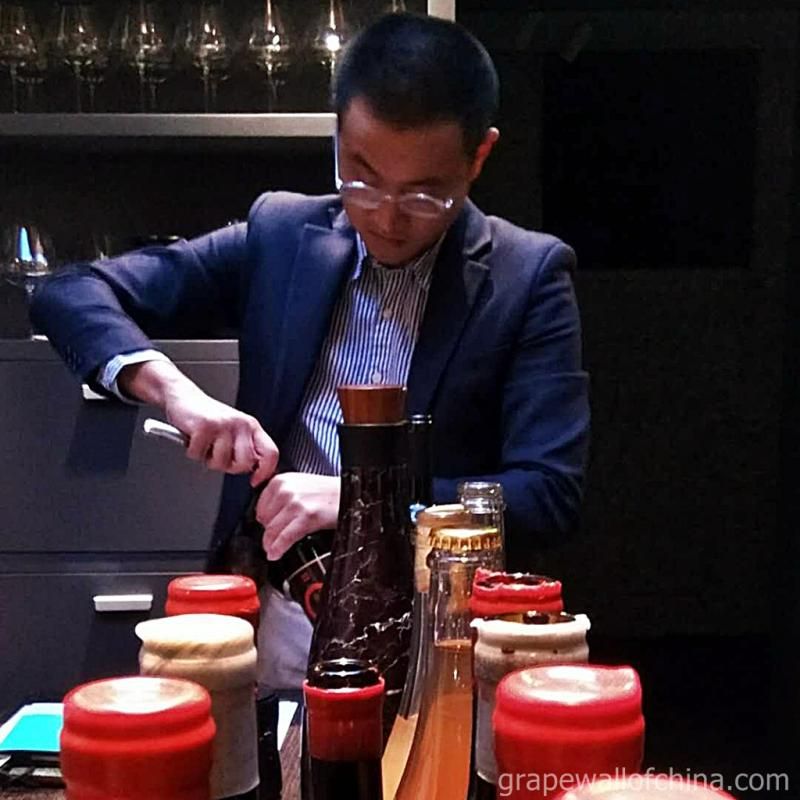
On his earliest customers
In the beginning, my main customers were expats in Shanghai because I sold in French bistros. They responded quite well, because this is China. They come to China not to drink another French wine or another Italian wine; they love to see innovative Chinese wine.
Then gradually my consumer base expanded to Chinese who studied abroad and people who live in Shanghai and are freelancers in terms of jobs.
On a deeper consumer dive
For the expats, they drink a lot of wine. They don’t really have a fixed style they want to drink, they pretty much want to taste everything, because that’s why they are in China, right? China is this different country they want to explore.
For Chinese students who studied abroad, they have a little bit of wine experience, but not a lot, so they will not have a fixed style, either.
For the last group, the freelancers, in Shanghai we have a lot of these people. They’re kind of newbies — they drink only natural wine, I think.
On the natural vs non-natural division
A friend of mine who opened a wine shop told me an interesting fact. He told me half of his consumers say, ‘I don’t want natural wine’. The other half say ‘Oh, I love natural wine’.”
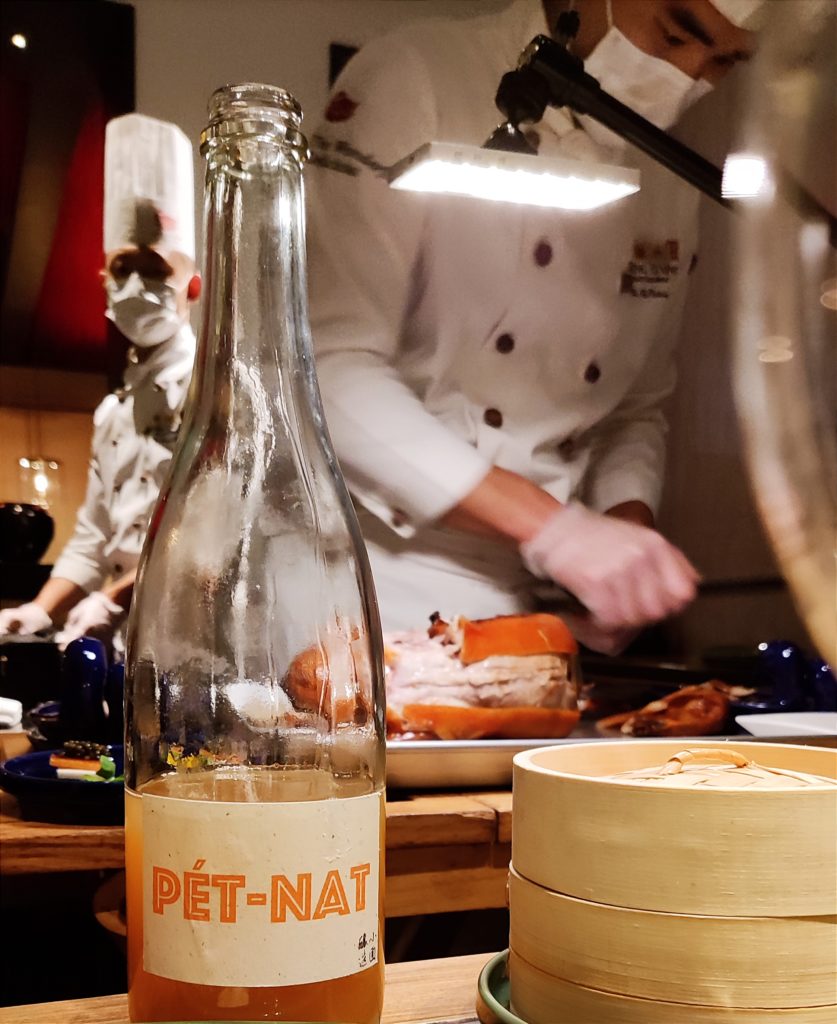
On broader prospects for orange and pet-nat wines
Very light orange wine might become mainstream because for aromatic varieties you find a touch of skin contact brings up the aromatics. I think whoever has Viognier in their vineyards should definitely do a light orange wine, like three days of skin contact. But orange wine with a month or longer of skin contact will be quite challenging, will definitely not be mainstream.
Pet-nat, it’s another thing. I don’t believe it can be mainstream. Yeah, never. Even sparkling wine is not that popular in China.
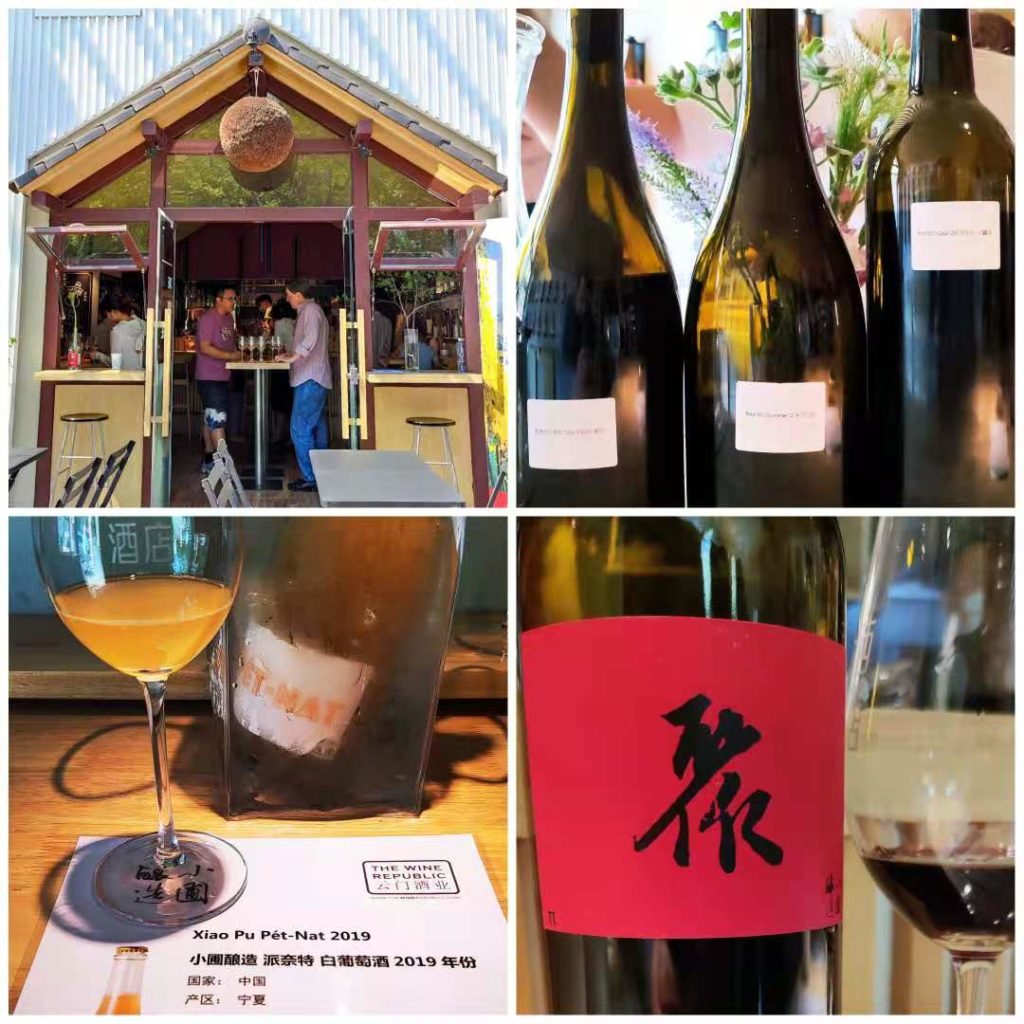
On his position in the market
In China, we are playing a game of everybody being compared to each other, like Xiaopu, Silver Heights Domaine des Aromes, Jia Bei Lan [Helan Qing Xue], the wines that Deng Zhongshan makes [in Ningxia] and so on.
Due to my background, living in Shanghai as a sommelier for many years, being friends with all of these bistro owners, drinking a lot of natural wine — maybe like 80% natural wine and 20% classics to get a fix on the taste a little bit, I’m making a very extreme style of wine because I believe that we need to explore more and to have a style for Ningxia.
On Aussie and American examples
Like in Australia, they have their own style of Shiraz, which is so unique nobody else is doing it.
In Napa, they make a Bordeaux blend different from everybody else. They changed the proportion of Merlot like 50 years ago, maybe 40 years ago. Right now, they use almost none. They use more Malbec, more Petit Verdot, because they realized Merlot didn’t play a role in this blend—they don’t need a soft wine, they need one which can help this wine last longer, they need more body, more structure, more tannin.
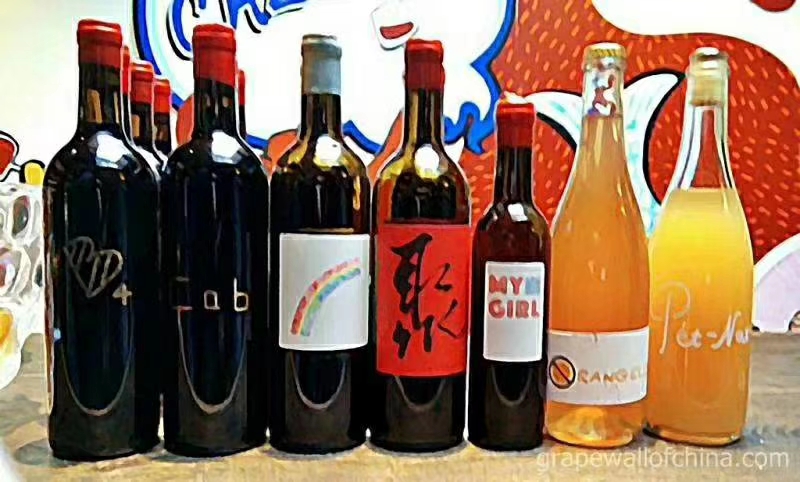
On finding a Ningxia style
So, in Ningxia, I don’t think this style has been figured out yet. It takes a generation of people that have a common understanding of wine and that explore all the time and then finally everybody in the industry realizes what’s the right thing. What kind of varieties to grow, what kind of blend to use, and then grown those varieties and make the wine in a similar way. This has not been figured out yet.
Right now, what’s going on in Ningxia, I don’t think it’s right. Cabernet dominant, 18 months in oak, and 50 percent new oak…
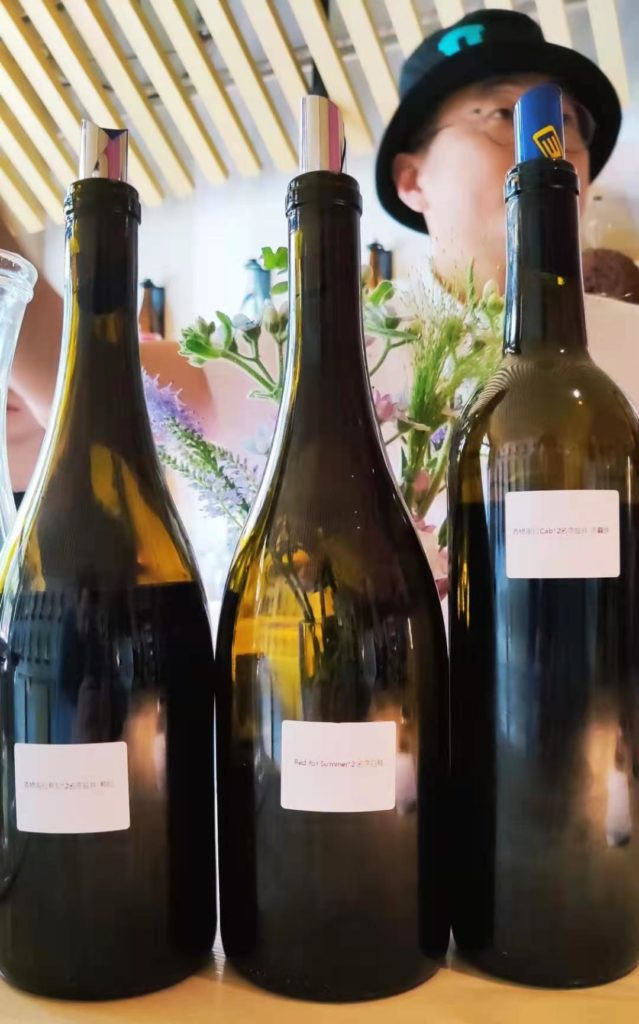
On being a roving winemaker in China
As for other parts of China, I think this country has a superpower. We have a lot of high-speed railways, we have a lot of good roads and a lot of airports. We can go to places easily. So, I’m able to make wine in five different parts of China—Ningxia Gansu. Qinghuangdao, near Chengdu and Shangri-la in Yunnan.
I want to explore the potential of China. I’m 36 and I have maybe another 15 years in which I can travel pretty freely to wherever I want. I still have this chance to build a region, to grow something by myself, and then to make it shine on the international stage.
That’s why I’m trying to make wine in as many regions as possible. Why stop? No need. Internationally– normally–people buy land, create their own vineyards, build their own winery and build their own their wine brand, and then repeat it because, yeah, if they have this label this year, they want to have the same label next year. That’s because you have this piece of land, this piece that f can only grow this crop, this kind of grape. But I’m not fixed. I’m not bound to any of that, I can try a lot of things. And hat’s what I’m doing right now.
Grape Wall has no sponsors of advertisers: if you find the content and projects like World Marselan Day worthwhile, please help cover the costs via PayPal, WeChat or Alipay.
Sign up for the free Grape Wall newsletter here. Follow Grape Wall on LinkedIn, Instagram, Facebook and Twitter. And contact Grape Wall via grapewallofchina (at) gmail.com.

Leave a Reply
You must be logged in to post a comment.